Home>Garden Essentials>Garden Storage>Container Gardening Ideas: 12 Display And Planting Tips
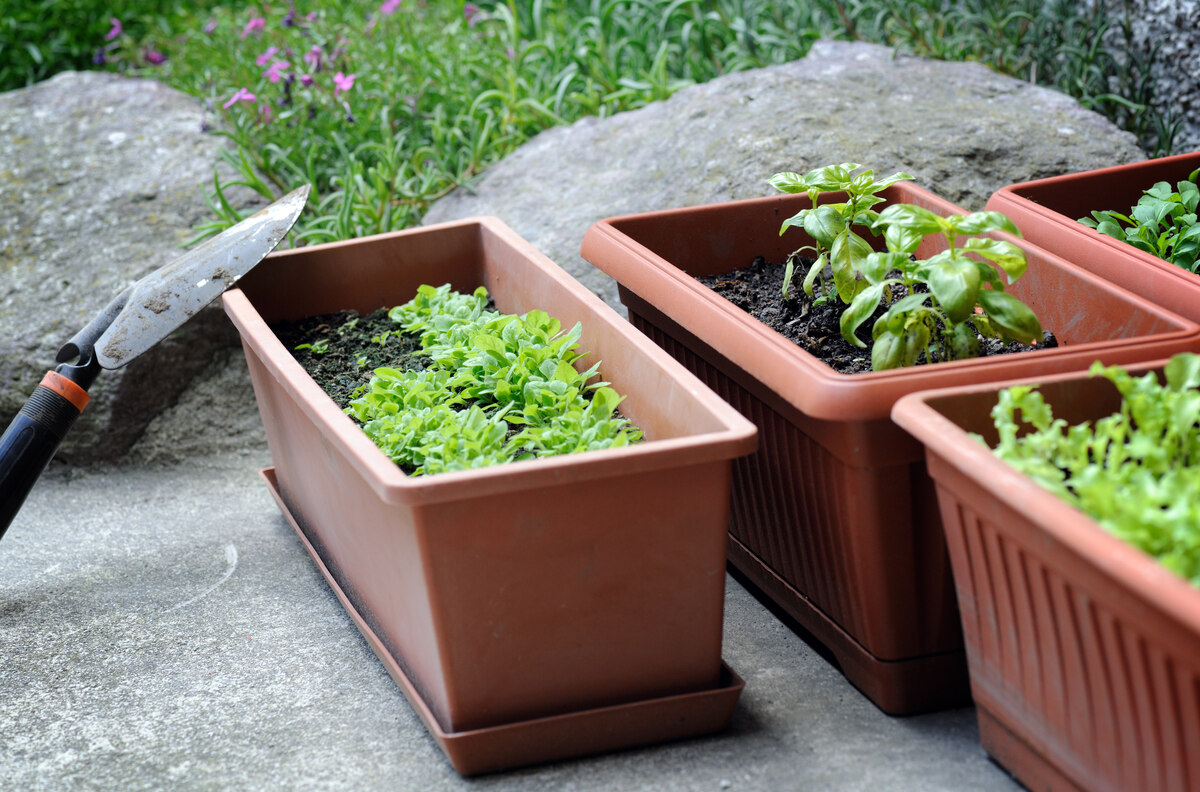

Garden Storage
Container Gardening Ideas: 12 Display And Planting Tips
Modified: October 19, 2024
Looking for container gardening ideas and tips? Discover 12 creative display and planting techniques to maximize storage space for your plants.
(Many of the links in this article redirect to a specific reviewed product. Your purchase of these products through affiliate links helps to generate commission for Storables.com, at no extra cost. Learn more)
Introduction
Welcome to the world of container gardening! Whether you have a sprawling backyard or a small balcony, container gardening provides a fantastic opportunity to unleash your creativity and cultivate a vibrant and thriving garden. With a little planning and some simple techniques, you can transform your outdoor space into a lush oasis.
Container gardening is a versatile and accessible form of gardening that is suitable for both beginners and experienced green thumbs. It allows you to grow a wide variety of plants, including flowers, herbs, vegetables, and even small trees, in portable containers. Not only does this make gardening more manageable, but it also allows you to easily experiment with different plant combinations and styles.
In this article, we will explore a range of container gardening ideas and tips to help you create stunning displays and cultivate healthy plants. From selecting the right containers and plants to proper soil preparation and maintenance, we will cover everything you need to create a thriving and visually captivating container garden.
So, whether you’re looking to brighten up a small balcony, add some greenery to a patio, or create a focal point in your garden, read on to discover the secrets of successful container gardening. Get ready to bring your outdoor space to life and enjoy the beauty and satisfaction of growing your own mini garden.
Key Takeaways:
- Unleash your creativity with container gardening, from unique container choices to stunning color combinations, and transform any space into a lush oasis.
- Ensure the success of your container garden with proper drainage, suitable plant selection, and strategic placement for optimal sunlight exposure.
Read more: The Best Plants For A Beautiful Indoor Oasis
Choosing the Right Containers
When it comes to container gardening, choosing the right containers is essential for the health and success of your plants. There are various factors to consider, including the material options and the size of the containers.
Material options: Containers come in a wide range of materials, each with its own set of pros and cons. Common materials include plastic, terracotta, ceramic, wood, and metal.
- Plastic: Plastic containers are lightweight, affordable, and easy to move around. They also retain moisture well and don’t break easily. However, they can deteriorate with prolonged sun exposure and may not provide as much insulation for the roots.
- Terracotta and ceramic: Terracotta and ceramic containers are known for their classic and natural look. They are sturdy and offer good drainage. However, they are more prone to cracking in freezing temperatures and can be heavy to transport.
- Wood: Wooden containers provide excellent insulation for the roots and have a rustic charm. They are often used for growing herbs and vegetables. However, they may rot over time and require regular maintenance to prolong their lifespan.
- Metal: Metal containers, such as galvanized steel or aluminum, are durable and lightweight. They add a modern and sleek touch to your garden. However, they can heat up quickly in direct sunlight, potentially damaging the roots of heat-sensitive plants.
Size considerations: The size of the container is crucial as it determines the amount of soil available for the roots and affects the overall stability of the plant. Consider the mature size of the plant you intend to grow and choose a container that provides enough room for the roots to spread.
Keep in mind that larger containers generally require less frequent watering as they retain more moisture, while smaller containers dry out faster and may need more frequent watering.
Before purchasing containers, think about the space you have available, the aesthetics you are going for, and the specific needs of the plants you want to grow. By choosing the right containers, you will set the foundation for a successful container garden.
The Importance of Drainage
Proper drainage is crucial for the health of container plants. When excess water cannot escape from the container, it can lead to waterlogged soil, which can suffocate the roots and cause root rot. Therefore, ensuring good drainage is essential to prevent water-related problems and promote healthy plant growth.
How to ensure proper drainage:
- Use drain holes: Most containers come with pre-drilled drain holes at the bottom. These holes allow excess water to escape, preventing water from pooling at the root zone. If your container doesn’t have drain holes, you can create them using a drill or hammer and nails. Be sure to make enough holes to provide adequate drainage.
- Use soil amendments: To further enhance drainage, you can add soil amendments to the potting mix. Perlite, vermiculite, or coarse sand can be mixed in to create air pockets in the soil, allowing excess water to escape more easily. These amendments also help prevent soil compaction over time, promoting healthier root growth.
Additionally, it is essential to elevate your containers slightly to allow water to flow freely through the drainage holes. Placing your containers on pot feet, bricks, or small risers ensures that water can escape without obstruction. This also helps prevent the containers from sitting in stagnant water, which can attract pests and promote disease.
Remember to monitor the moisture levels in your containers regularly. Stick your finger into the soil up to the second knuckle to check for moisture. If the soil feels overly wet, it may be a sign of poor drainage, and you may need to adjust the drainage holes or amend the soil mix.
By ensuring proper drainage, you can prevent water-related problems and create an optimal environment for your plants to thrive. Healthy roots are the foundation of healthy plants, and good drainage plays a key role in maintaining their well-being.
Selecting the Perfect Plants
Choosing the right plants for your container garden is crucial for their success. Certain plants thrive in the confined space of a container and can bring a burst of color and beauty to your outdoor area. Here are some considerations when selecting plants for container gardening:
Best plants for container gardening:
When it comes to choosing plants for containers, opt for varieties that have compact growth habits and adapt well to container life. Some popular choices include flowering annuals like petunias, marigolds, and geraniums, as well as perennials like lavender, hostas, and ornamental grasses.
Vegetables and herbs can also be successfully grown in containers. Tomatoes, peppers, lettuce, and herbs like basil, parsley, and mint are excellent choices. Dwarf fruit trees, such as citrus or apple trees, can also be grown in large containers, provided they have sufficient sunlight and space.
Considering sunlight and space limitations:
Before choosing your plants, assess the amount of sunlight your container garden receives. Most plants require at least 6 hours of direct sunlight daily. However, if your space is shaded, there are plenty of shade-loving plants like impatiens, ferns, and hostas that can thrive in partial shade conditions.
Space limitations are another factor to consider. If you have limited space, select plants that are more compact and don’t spread vigorously. Pay attention to the mature size of the plants to ensure they have enough room to grow comfortably in the container.
Consider the compatibility of the plants you choose. Plants with similar water and sunlight requirements will ensure easier maintenance and healthier growth. Avoid combining plants with different needs, as this can lead to one outcompeting the other or result in too much or too little water or sunlight for certain varieties.
When selecting plants, consider your personal preferences, the style you want to achieve, and the colors that will complement your outdoor space. Mix and match different flower colors and foliage textures to create eye-catching combinations.
By selecting the perfect plants for your container garden and taking into account sunlight and space limitations, you can create a stunning and harmonious display that will bring joy and beauty to your outdoor area.
Creating Striking Color Combinations
A well-designed container garden is not just about the individual plants; it’s about creating harmonious and visually appealing color combinations. By carefully selecting and mixing flower colors and incorporating foliage varieties, you can create stunning displays that catch the eye and enhance the overall aesthetics of your container garden.
Mixing and matching flower colors:
When selecting flowers for your containers, consider their colors and how they will complement or contrast with one another. Here are a few tips to help you create striking color combinations:
- Monochromatic colors: Choose flowers of the same color family but in different shades. For example, mix various shades of pink or purple flowers together for a soft and harmonious look.
- Complementary colors: Select colors that are opposite each other on the color wheel. For example, pair orange and blue flowers or red and green foliage plants. The contrasting colors will create a vibrant and dynamic display.
- Analogous colors: Choose colors that are next to each other on the color wheel. For example, combine various shades of blue and purple or yellow and orange for a soothing and harmonizing effect.
- Triadic colors: Select three colors that are evenly spaced on the color wheel. This technique creates a vibrant and balanced composition. For example, combine red, blue, and yellow flowers together.
Remember to consider the overall theme or mood you want to achieve in your container garden. For a serene and calming garden, opt for pastel or cool-toned colors. For a bold and energetic display, choose vibrant and warm-toned colors.
Incorporating foliage varieties:
Flowers aren’t the only elements that can bring color and visual interest to your containers. Incorporating foliage plants with different textures and colors adds depth and diversity to your arrangements. Here are some ideas for incorporating foliage varieties:
- Variegated foliage: Choose plants with leaves that have variegated patterns, such as stripes or speckles. This adds interest and contrast to your containers. Coleus, caladiums, and hostas are popular choices with stunning variegated foliage.
- Grasses and ornamental grasses: Grasses, with their airy and graceful appearance, bring movement and texture to your containers. Choose from a variety of ornamental grasses like feather reed grass, fountain grass, or blue fescue.
- Silver or gray foliage: Plants with silver or gray leaves, such as dusty miller or lamb’s ear, provide a captivating contrast to other plants. The silvery foliage adds a touch of elegance and sophistication to your containers.
- Cascading plants: Consider trailing or cascading plants that spill over the edges of your containers. They add a sense of abundance and can soften the overall look. Ivy, trailing petunias, and sweet potato vine are great choices for cascading plants.
Don’t be afraid to experiment and play with different color combinations and foliage varieties. The key is to create a visually stunning and cohesive container garden that reflects your personal style and brings joy to all who see it.
Read more: The Best Plants For A Cozy Indoor Garden
Container Placement and Display
The placement and arrangement of your containers can greatly impact the success and visual appeal of your container garden. Here are some tips to help you maximize sunlight exposure and create a visually appealing display:
Maximizing sunlight exposure:
Most plants require ample sunlight to thrive, so it’s essential to position your containers in an area that receives sufficient sunlight. Here are some guidelines for maximizing sunlight exposure:
- Observe the sun’s path: Take note of how the sun moves across your outdoor space throughout the day. Position your containers in a location that receives at least 6 hours of direct sunlight per day, preferably during the morning or afternoon when the sun is not scorching hot.
- Avoid shading: Ensure that surrounding objects, such as walls, trees, or other structures, do not cast shadows on your containers for extended periods. Remember that nearby trees or plants may grow and cast more shade over time.
- Consider elevation: If you have limited space or your outdoor area receives partial sunlight, use elevated platforms, such as plant stands or shelves, to raise your containers closer to the sunlight source. This can help maximize exposure and ensure healthier plant growth.
Arranging containers for visual appeal:
In addition to maximizing sunlight exposure, arranging your containers in a visually appealing manner can transform your container garden into a captivating display. Here are some tips for arranging containers:
- Vary container heights: Create visual interest and dimension by using containers of different heights. Place taller containers at the back or center of the arrangement, and lower containers at the front. This adds depth to the display and ensures that all plants receive adequate exposure.
- Consider color balance: Pay attention to the colors and textures of your containers. Aim for a balanced distribution of colors, placing containers with similar or complementary colors together. This will create a cohesive and harmonious look.
- Group by plant needs: Consider grouping containers with similar water and sunlight requirements together. This makes it easier to care for your plants and allows you to control their specific needs more effectively.
- Include focal points: Introduce focal points to your arrangement to draw the eye and create a focal point of interest. This can be achieved by incorporating a larger or more visually striking container, a unique plant specimen, or decorative elements such as statues or trellises.
- Add seasonal accents: Change up your container display with the seasons by incorporating seasonal accents such as decorative pumpkins or gourds for fall, festive ornaments for winter, or blooming flowers for spring. This adds a touch of seasonality and keeps your container garden fresh and exciting throughout the year.
By maximizing sunlight exposure and arranging your containers strategically, you can create a visually appealing and well-balanced container garden that will be a delight to behold.
Soil Preparation and Planting Techniques
Proper soil preparation is essential for the success of your container garden. The right soil mix and planting techniques create a nutrient-rich environment for your plants to thrive. Here are some tips to help you prepare the soil and plant your containers effectively:
Choosing the right soil mix:
The soil you use in your containers plays a significant role in the health and growth of your plants. A well-draining and nutrient-rich soil mix ensures that the roots receive adequate oxygen, nutrients, and moisture. Here are some guidelines for choosing the right soil mix:
- Use a high-quality potting mix: Avoid using garden soil or topsoil, as they can be too heavy and compacted for container gardening. Instead, opt for a well-draining potting mix specifically formulated for container plants. These mixes generally contain a blend of peat moss, perlite or vermiculite, and compost to provide the right balance of drainage and moisture retention.
- Consider amendments: Depending on the type of plants you are growing, you may need to amend the soil mix. For example, adding organic matter like compost or well-rotted manure can improve the soil’s fertility and structure. Additionally, incorporating slow-release fertilizers or organic plant food can provide a steady supply of nutrients to your plants.
It’s important to note that different plants may have specific soil requirements. Research the specific needs of the plants you plan to grow and adjust the soil mix as needed to create the ideal growing environment.
Proper planting methods:
Once you have your soil mix ready, it’s time to plant your containers. Proper planting techniques ensure that the plants establish well and grow healthily. Here are some tips for planting your containers:
- Prepare the container: Ensure that your container has proper drainage holes at the bottom. Place a layer of gravel or broken pottery shards at the bottom of the container to prevent soil from clogging the drain holes while still allowing water to escape.
- Fill the container: Fill the container about two-thirds full with the soil mix. Gently tap the container to settle the soil and eliminate any air pockets.
- Remove the plant from its nursery pot: Carefully remove the plant from its nursery pot, taking care not to damage the roots. You can gently squeeze the sides of the pot or tap it upside down to ease the plant out.
- Position the plant: Place the plant in the center of the container, ensuring that it is at the same depth as it was in the nursery pot. If necessary, add or remove soil from the container to achieve the proper depth.
- Fill the remaining space: Fill in the remaining space around the plant with the soil mix, gently firming the soil around the roots. Leave a small gap between the soil surface and the rim of the container to allow for watering without soil overflowing.
- Water thoroughly: After planting, give the container a thorough watering to settle the soil and ensure good root-to-soil contact. This will also help the plant establish quicker.
Remember to provide appropriate spacing between plants to allow for proper growth and airflow. Different plants have different spacing requirements, so refer to the plant’s label or do some research beforehand.
By selecting the right soil mix and employing proper planting techniques, you provide an optimal starting point for your plants to thrive in their containers. Follow these steps, and watch as your plants flourish in their new home.
When planting in containers, make sure to choose the right size pot for your plants. Larger plants need larger pots to allow for proper root growth and stability.
Essential Watering and Fertilizing Tips
Proper watering and fertilizing are key factors in maintaining healthy container plants. Container-grown plants have unique watering needs compared to those planted in the ground. Here are essential tips to help you maintain optimal moisture levels and provide necessary nutrients for your container plants:
Maintaining optimal moisture levels:
Watering is a critical aspect of container gardening as it directly affects the health and growth of your plants. Here are some tips to help you maintain optimal moisture levels:
- Check soil moisture: Stick your finger approximately an inch into the soil. If it feels dry, it’s time to water your plants. Avoid overwatering, as it can lead to root rot. On the other hand, don’t let the soil dry out completely, as this can cause stress and damage to your plants.
- Water deeply: When watering, ensure that water penetrates deeply into the potting mix. This encourages deep root growth and helps the plants access water and nutrients more efficiently. Water until you see water coming out of the drainage holes at the bottom of the container.
- Avoid wetting the foliage: Direct water at the base of the plants, avoiding wetting the leaves as much as possible. Wet foliage can lead to the development of fungal diseases.
- Consider irrigation systems: If you have a large number of containers or find it challenging to water consistently, consider using drip irrigation systems or self-watering containers. These systems ensure consistent moisture levels and reduce the risk of over or under watering.
Feeding container plants:
In addition to water, container plants also require regular feeding to replenish nutrients. Here are some tips for effectively fertilizing your container plants:
- Choose the right fertilizer: Select a balanced, slow-release fertilizer specifically formulated for container plants. Slow-release fertilizers ensure a steady supply of nutrients over time.
- Follow instructions: Read the label instructions of the fertilizer and follow the recommended application rates. Overfertilization can burn the roots, while underfertilization can lead to nutrient deficiencies.
- Timing is crucial: Start fertilizing your container plants a few weeks after planting, once the plants have become established. During the growing season, fertilize every 4-6 weeks or as recommended by the specific fertilizer.
- Supplement with organic fertilizers: Consider supplementing with organic fertilizers like compost or compost tea to provide additional nutrients and improve soil structure. These organic amendments promote beneficial microbial activity in the soil.
Remember that different plants have different nutrient requirements. Research the specific needs of the plants you are growing to ensure you provide the appropriate fertilization regime.
Regular monitoring of moisture levels and consistent fertilizing will help your container plants thrive and maintain their vitality throughout the growing season.
Dealing with Pest and Disease Issues
Just like plants in traditional gardens, container plants are also susceptible to pest and disease issues. However, by being proactive and implementing natural pest control methods, you can prevent and manage common problems that may arise. Here’s how to tackle pest and disease issues in your container garden:
Common container gardening problems:
Container gardening can sometimes create a conducive environment for pests and diseases due to the limited space and moisture retention. Here are some common problems you may encounter:
- Aphids: These tiny, soft-bodied insects cluster on new growth and suck plant juices, causing stunted growth and curled leaves.
- Mealybugs: Mealybugs are small, white, fluffy insects that leave a cotton-like substance on the plant. They sap the plant’s nutrients and weaken its overall health.
- Fungal diseases: Common fungal diseases in container gardening include powdery mildew, which appears as a white powdery coating on leaves, and root rot, caused by overwatering and poor drainage.
- Spider mites: These tiny pests suck the plant’s sap, causing leaves to yellow and become speckled. They also create fine webbing on the undersides of leaves.
Natural pest control methods:
One of the advantages of container gardening is that it allows for more controlled pest management. Here are some natural pest control methods to consider:
- Handpicking: For larger pests like caterpillars or slugs, manually remove them from the plant by hand. Squishing them or relocating them to an area away from your plants can help control their population.
- Introduce beneficial insects: Encourage natural predators like ladybugs, lacewings, and hoverflies to your garden. These insects feed on aphids and other pests, reducing their numbers naturally.
- Neem oil spray: Spraying a solution of neem oil mixed with water can help control aphids, mealybugs, and spider mites. Neem oil acts as a natural insecticide and disrupts the pests’ life cycle.
- Practicing good hygiene: Regularly clean your plants and containers, removing fallen leaves and debris, as they can harbor pests and diseases. This helps prevent the spread of common issues.
- Avoid overwatering: Proper watering practices, such as allowing the soil to dry out slightly between waterings, can prevent root rot and discourage fungal diseases. Always ensure your containers have adequate drainage.
Remember that prevention is key when it comes to managing pests and diseases. Regularly inspect your plants for any signs of trouble and take swift action at the first sign of infestation or disease. By incorporating natural pest control methods, you can effectively manage these issues and keep your container garden healthy and thriving.
Seasonal Maintenance and Care
Proper seasonal maintenance and care are essential in ensuring the long-term health and vitality of your container garden. From pruning and deadheading techniques to protecting plants from frost and extreme weather, here are some tips to help you maintain and care for your container plants throughout the seasons:
Pruning and deadheading techniques:
Regular pruning and deadheading help promote healthy growth, maintain plant shape, and encourage continuous flower production. Here’s how to go about it:
- Remove dead or damaged foliage: Regularly inspect your plants and remove any dead or damaged leaves or stems. This not only improves the overall appearance but also prevents the spread of diseases and pests.
- Deadhead spent flowers: Remove faded or spent flowers by pinching or cutting them back. Deadheading redirects the plant’s energy towards new growth and encourages the production of more flowers. It also prevents the plant from going to seed prematurely.
- Prune for shape and size control: Use sharp, clean pruning shears to trim back overgrown or leggy growth, keeping the plant’s shape and size in check. Pruning can also promote bushier and more compact growth.
Remember to research the specific pruning and deadheading requirements for each plant species, as not all plants respond to these techniques in the same way. Some plants may have specific pruning recommendations based on their growth habits and flowering patterns.
Protecting plants from frost and extreme weather:
Extreme weather conditions, such as frost, heatwaves, or strong winds, can pose challenges for container plants. Here are some measures to protect your plants:
- Monitor weather forecasts: Stay informed about upcoming weather conditions and take necessary precautions in advance.
- Move containers: If possible, move containers to a more sheltered location during extreme weather. This can be indoors, a covered porch, or a protected area of your garden.
- Use frost protection: Cover the containers with frost blankets or burlap during cold spells to provide insulation and protect plants from freezing temperatures.
- Water properly: Adequate watering is essential during hot, dry periods. Adjust your watering schedule to ensure plants receive enough moisture without being overwatered. Mulching the soil surface can also help retain moisture and regulate soil temperature.
- Provide shade: Use shade cloths or umbrellas to protect plants during periods of intense sunlight or heat. This helps prevent sunburn or heat stress, especially for more delicate or shade-loving plants.
By practicing seasonal maintenance and care, you foster healthy growth, encourage continuous flowering, and protect your container plants from weather-related challenges. Regular monitoring and timely action are crucial in maintaining the well-being of your garden throughout the seasons.
Creative Container Ideas
Container gardening offers endless opportunities for creativity and personalization. By thinking outside the box, you can transform ordinary objects into unique planters and add a personalized touch to your garden. Here are some ideas to inspire your creativity:
Unique containers for a personalized touch:
Choosing unconventional containers adds a distinct and personalized flair to your container garden. Here are some unique container ideas to consider:
- Vintage finds: Repurpose vintage teacups, old watering cans, or antique pots for a charming and nostalgic look.
- Upcycled items: Transform old furniture pieces, like dressers or drawers, into multi-level planters. Use wooden crates, wine barrels, or metal buckets for rustic charm.
- Hanging planters: Hang plants in baskets, macrame plant hangers, or even old chandeliers for an eye-catching vertical display.
- Vertical gardens: Utilize vertical space by using wall-mounted planters, hanging shoe organizers, or repurposed pallets for a creative and space-saving garden.
- Whimsical containers: Let your imagination run wild with unconventional containers, such as old boots, colorful colanders, or even toy trucks or wheelbarrows for a playful touch.
Experiment with different container options that reflect your personality and style. Don’t be afraid to get creative and add a unique twist to your container garden.
Repurposing household items:
Look around your home for items that can be repurposed as planters. Not only does repurposing items give them a second life, but it also adds character and interest to your garden. Here are some household items you can use:
- Old cans or jars: Clean and paint tin cans or glass jars to create charming planters for small plants or herbs.
- Broken pottery: Instead of throwing away chipped or broken ceramic pots, repurpose them as decorative planters or create unique mosaic designs.
- Kitchenware: Use old colanders, spice racks, or muffin tins as distinctive planters for herbs or small flowering plants.
- Children’s toys: Give new life to outgrown toys by turning them into whimsical planters. Dollhouses, miniature trucks, or action figures can all be transformed into eye-catching containers.
Think creatively and repurpose items that you no longer use or those that have sentimental value. Not only will you have unique and personalized planters, but you will also reduce waste and add a touch of your own style to your container garden.
With these creative container ideas, you can make your container garden truly one-of-a-kind, reflecting your personality and style while adding a touch of whimsy and charm to your outdoor space.
Vertical Gardening in Containers
Vertical gardening is a fantastic way to maximize space in your container garden and create a stunning visual display. By utilizing wall space and incorporating climbing plants, you can transform a plain wall into a lush green oasis. Here’s how to get started with vertical gardening in containers:
Utilizing wall space for vertical gardens:
One of the benefits of container gardening is the flexibility to create vertical displays. Here are a few ideas for utilizing wall space in your container garden:
- Vertical planters: Install wall-mounted planters, such as pocket planters or modular systems, that allow you to plant directly into the wall. These planters come in various sizes and can be arranged in creative patterns to create a living wall of greenery.
- Trellises and supports: Fix trellises or supports to your walls and train climbing plants to grow vertically. This not only adds a beautiful visual element but also provides privacy and shade.
- Hanging planters: Use hanging baskets or macrame planters that can be suspended from hooks or brackets on the wall. This adds depth and allows trailing or cascading plants to drape down the wall.
- Shelves and stacked containers: Install shelves or use stacked containers to create a layered effect on your wall. This allows for multiple levels of planting and gives the illusion of a vertical garden.
Consider the available wall space, sunlight exposure, and the weight-bearing capacity of your chosen mounting method when planning your vertical garden. With a bit of imagination, you can turn any wall into a living, breathing work of art.
Choosing appropriate climbing plants:
When it comes to vertical gardening in containers, selecting the right climbing plants is essential. Here are some factors to consider when choosing appropriate plants:
- Plant size: Consider the mature size of the plant and ensure it is suitable for the container size and your available wall space.
- Climbing habit: Look for plants that naturally have a climbing habit, such as clematis, ivy, climbing roses, or jasmine. These plants have tendrils, twining stems, or clinging roots that allow them to attach themselves to supports.
- Light requirements: Take into account the sunlight exposure of your chosen wall and choose plants that match those requirements. Some climbers thrive in full sun, while others prefer partial shade.
- Container considerations: Make sure your chosen climbing plants are suitable for container gardening. Look for varieties that have compact growth habits or are specifically bred for container cultivation.
- Aesthetics: Consider the color, foliage, and blooms of the climbing plants to ensure they complement your vertical garden design and achieve the desired visual impact.
Regularly maintain and train your climbing plants by attaching them to their supports and pruning them as needed. This will encourage healthy growth and maintain the shape and structure of your vertical garden.
Vertical gardening in containers opens up a world of possibilities for creating stunning displays. By utilizing wall space and choosing appropriate climbing plants, you can transform any vertical surface into a beautiful and captivating garden.
Container Herb Gardens
Container herb gardens are a delightful addition to any home, providing easy access to fresh and aromatic herbs for cooking, herbal remedies, and fragrance. Whether you have a spacious patio or a small balcony, growing herbs in containers is a convenient and rewarding way to enjoy a bountiful herb garden. Here’s how to create and care for your container herb garden:
Growing fresh herbs in containers:
Container herb gardens offer the advantage of portability and control over growing conditions. Here are some tips for successfully growing fresh herbs in containers:
- Select the right herbs: Choose herbs that are well-suited for container gardening and that you frequently use in your cooking or other purposes. Popular container herbs include basil, mint, rosemary, thyme, parsley, chives, and oregano.
- Container selection: Select containers with adequate drainage holes and a size appropriate for the herb’s root system. Most herbs will thrive in pots that are at least 6-8 inches deep.
- Soil and sunlight: Use well-draining potting soil specifically formulated for herbs. Place your containers in a location that receives at least 6-8 hours of direct sunlight daily.
- Watering: Herbs generally prefer evenly moist soil, so water consistently, keeping the soil damp but not waterlogged. Adjust watering based on weather conditions and the specific needs of each herb.
- Fertilizing: Apply a balanced, water-soluble fertilizer every few weeks during the growing season to provide essential nutrients to your herbs.
- Pruning: Regularly pinch back or harvest your herbs to encourage bushier growth and prevent them from becoming leggy. This also provides you with a steady supply of fresh herbs.
Tips for harvesting and using herbs:
The joy of container herb gardening lies not only in growing the herbs but also in harvesting and utilizing them in your everyday life. Here are some tips for harvesting and using your homegrown herbs:
- Timing: Harvest herbs in the morning after the dew has dried, but before the sun is at its peak. This is when the flavors and essential oils are at their best.
- Proper technique: Use clean, sharp scissors or pruning shears to make clean cuts just above a leaf node or set of leaves. This will promote regrowth and ensure healthy plants.
- Preserving herbs: To preserve excess herbs, you can dry them by hanging small bunches upside down in a well-ventilated area. Alternatively, chop them and freeze them in ice cube trays with a little water or olive oil for later use.
- Culinary uses: Fresh herbs elevate the flavor of your culinary creations. Use them in salads, marinades, soups, sauces, teas, and more. Experiment and discover new flavor combinations.
- Medicinal and aromatic uses: Many herbs have medicinal properties and can be used to make teas, herbal infusions, or homemade skincare products. Research the specific properties of each herb for various applications.
Remember to harvest herbs regularly, as frequent cutting encourages branching and leads to a more productive and bushy plant. Enjoy the bountiful harvest of your container herb garden and savor the incredible flavors and aromas that fresh herbs bring to your culinary creations.
Container herb gardens not only provide a ready supply of aromatic and flavorful herbs but also add beauty and freshness to your outdoor space. Enjoy the satisfaction of growing and utilizing your own homegrown herbs right at your fingertips.
Conclusion
Container gardening offers a world of possibilities and allows you to create a beautiful and productive garden regardless of your available space. From choosing the right containers and plants to caring for them throughout the seasons, container gardening provides ample opportunities for creativity and self-expression.
By selecting suitable containers made from a variety of materials, you can add a personal touch to your garden and create a unique style. Ensuring proper drainage and using the right soil mix not only promotes healthy plant growth but also prevents water-related issues.
Selecting the perfect plants for your containers, considering their sunlight and space requirements, allows you to create stunning color combinations and captivating displays. With careful placement and arrangement, you can maximize sunlight exposure and create visual appeal in your outdoor space.
Proper watering and fertilizing techniques are essential for the well-being of your container plants. By maintaining optimal moisture levels and providing necessary nutrients, you can ensure healthy growth and vibrant blooms. Additionally, effectively addressing common pest and disease issues with natural control methods helps preserve the health of your plants.
With seasonal maintenance and care, including pruning, protection from extreme weather, and regular harvesting of herbs, you can keep your container garden in top shape throughout the year. Don’t be afraid to let your creativity shine by incorporating unique containers and repurposing household items to create a personalized container garden.
In conclusion, container gardening allows you to unleash your creativity, even in small spaces, and enjoy the beauty and benefits of gardening. Whether you’re growing colorful flowers, fresh herbs, or even edible vegetables, container gardening provides endless opportunities for expression and enjoyment. So, start planning your container garden today and watch as it flourishes into a beautiful and fulfilling oasis.
Frequently Asked Questions about Container Gardening Ideas: 12 Display And Planting Tips
Was this page helpful?
At Storables.com, we guarantee accurate and reliable information. Our content, validated by Expert Board Contributors, is crafted following stringent Editorial Policies. We're committed to providing you with well-researched, expert-backed insights for all your informational needs.
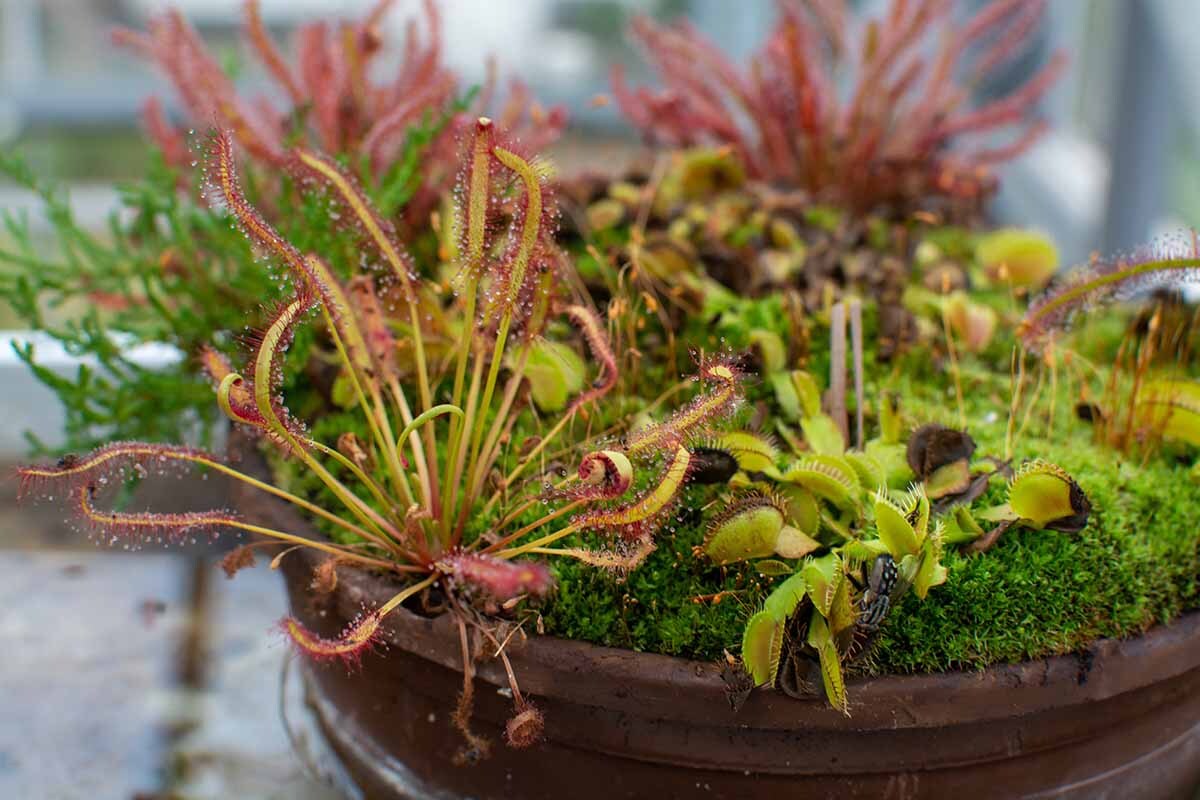

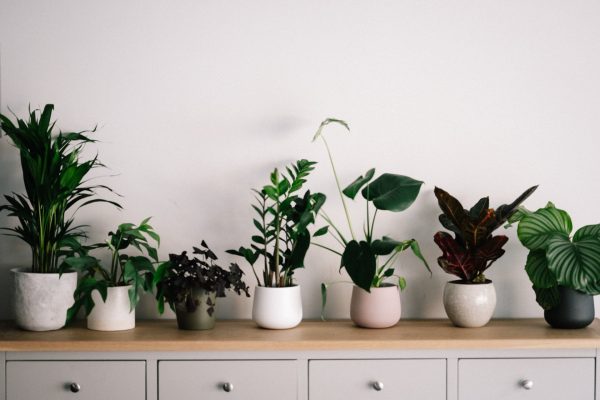
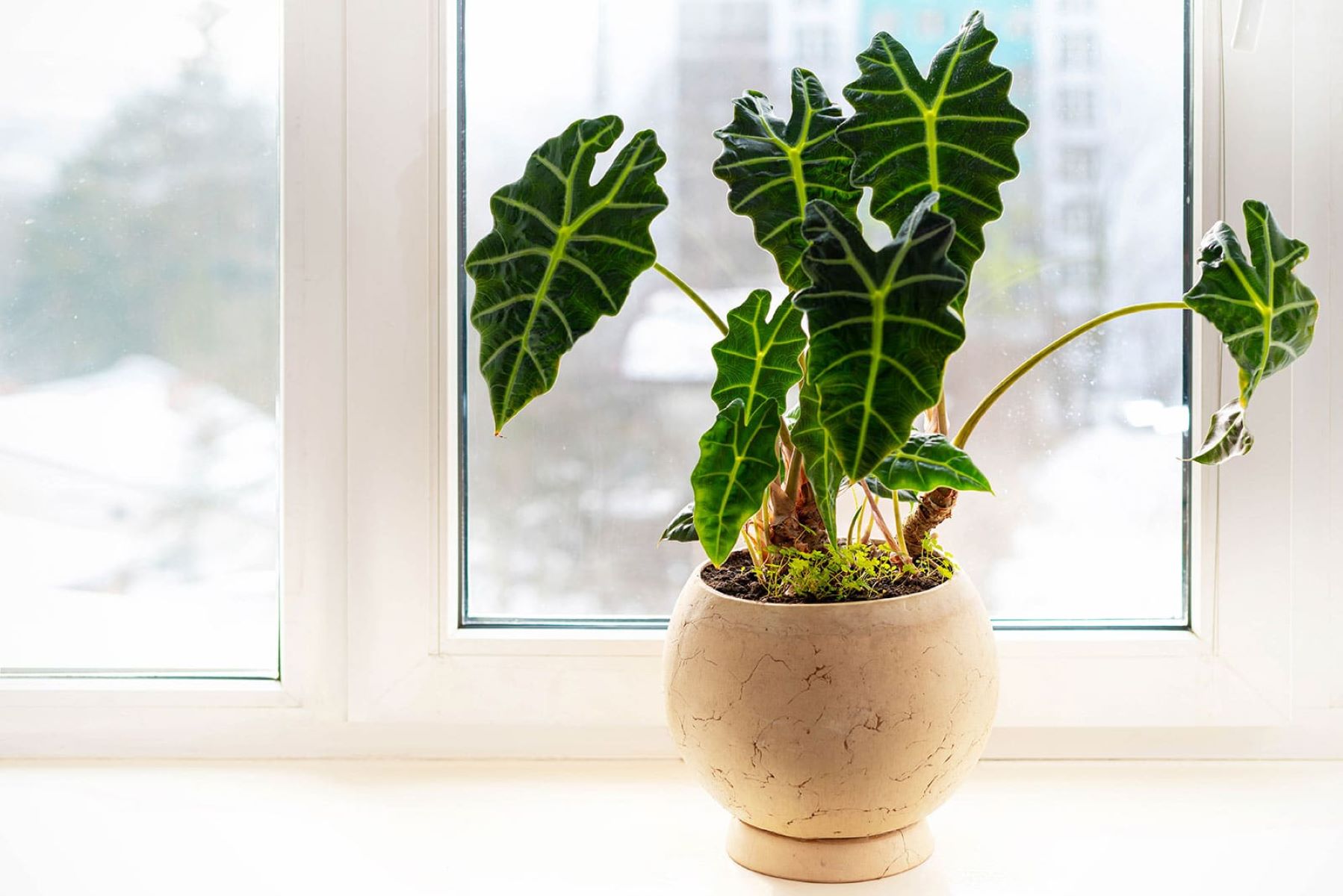
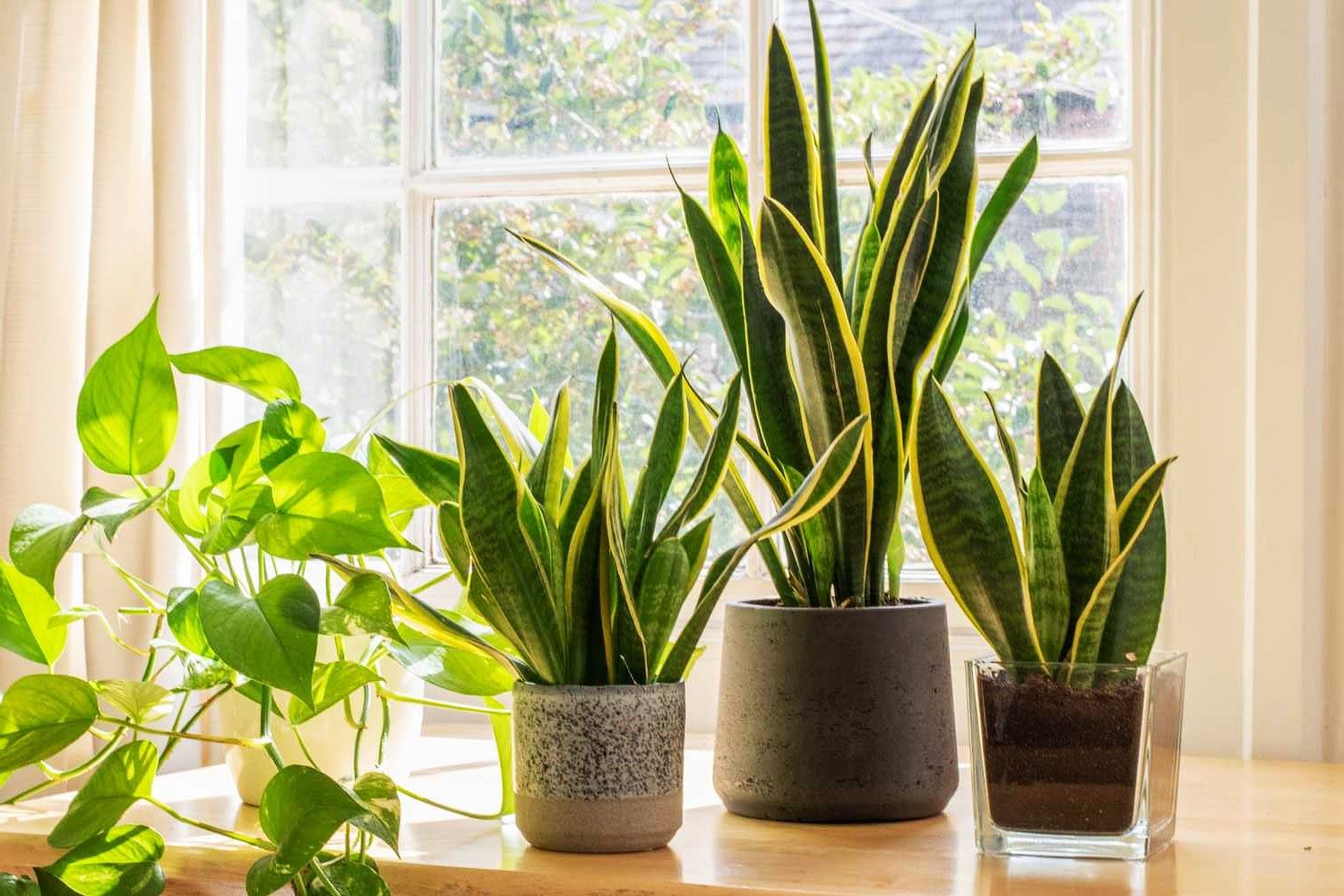
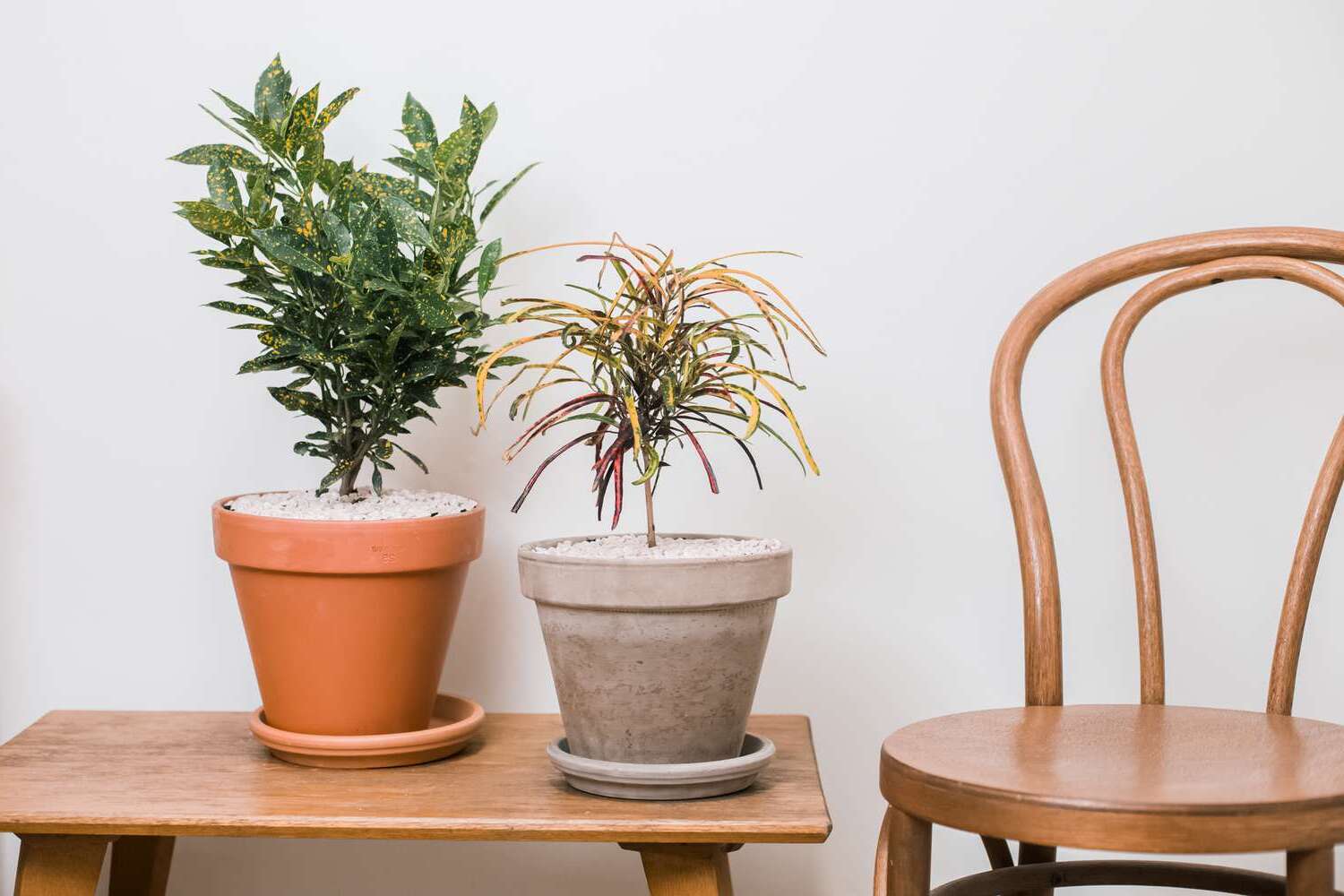
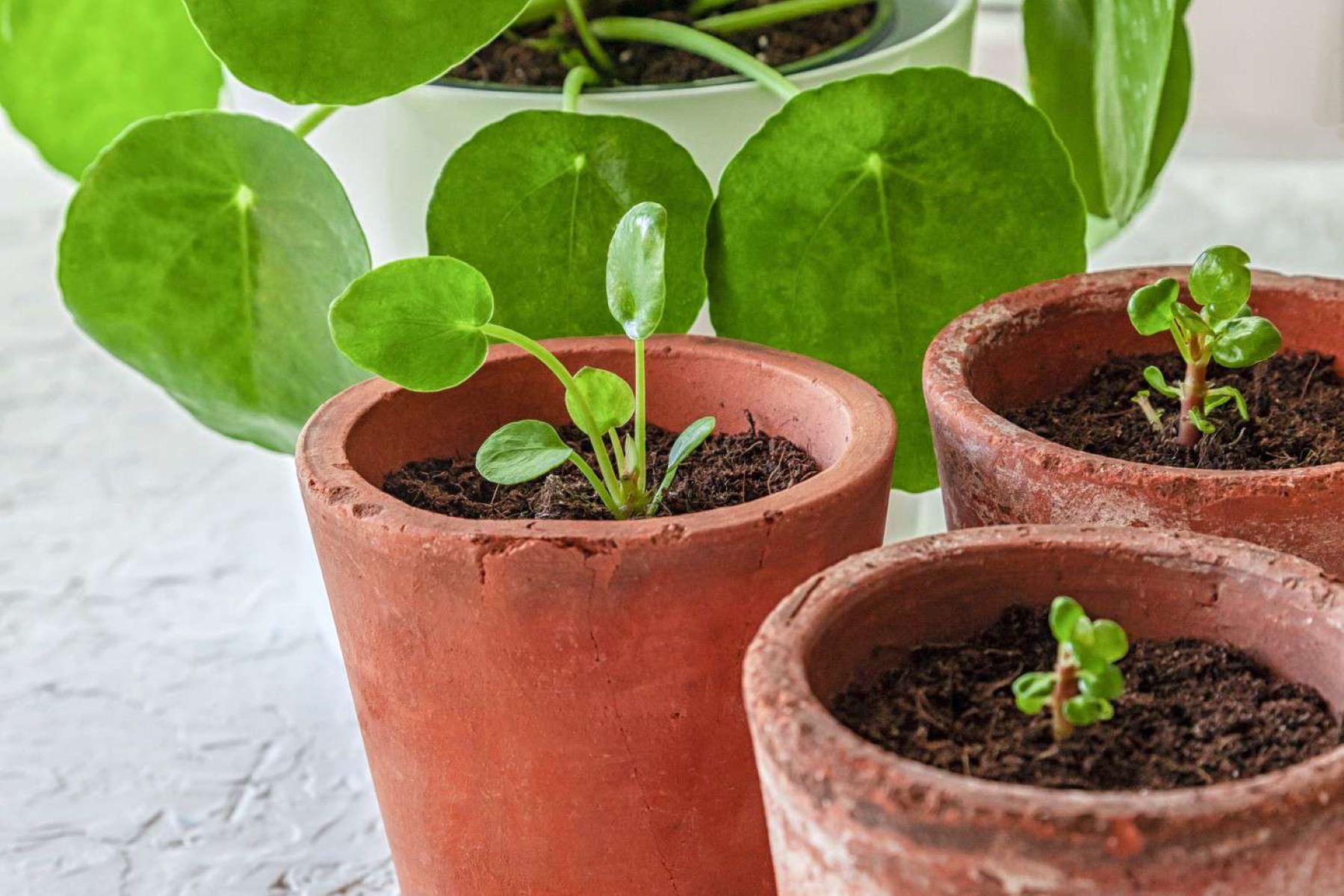
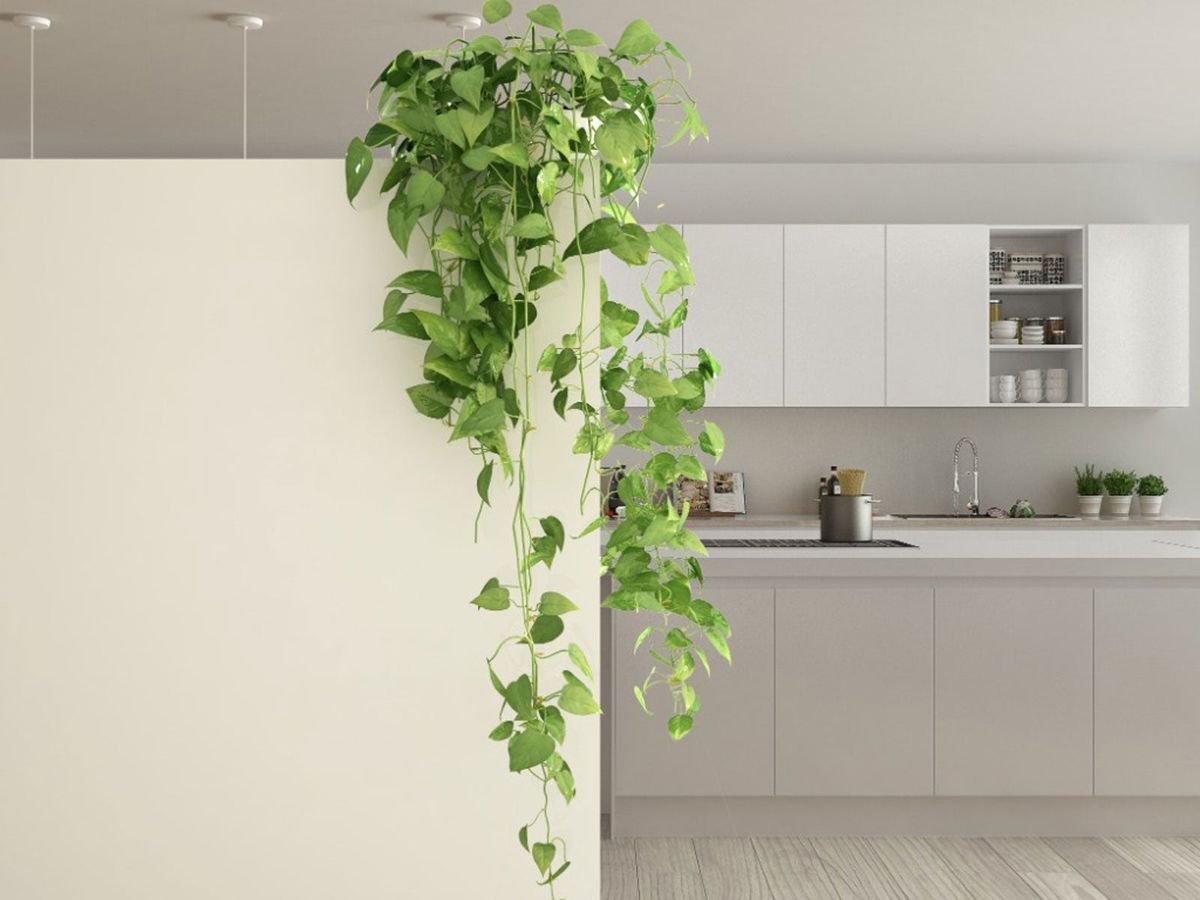

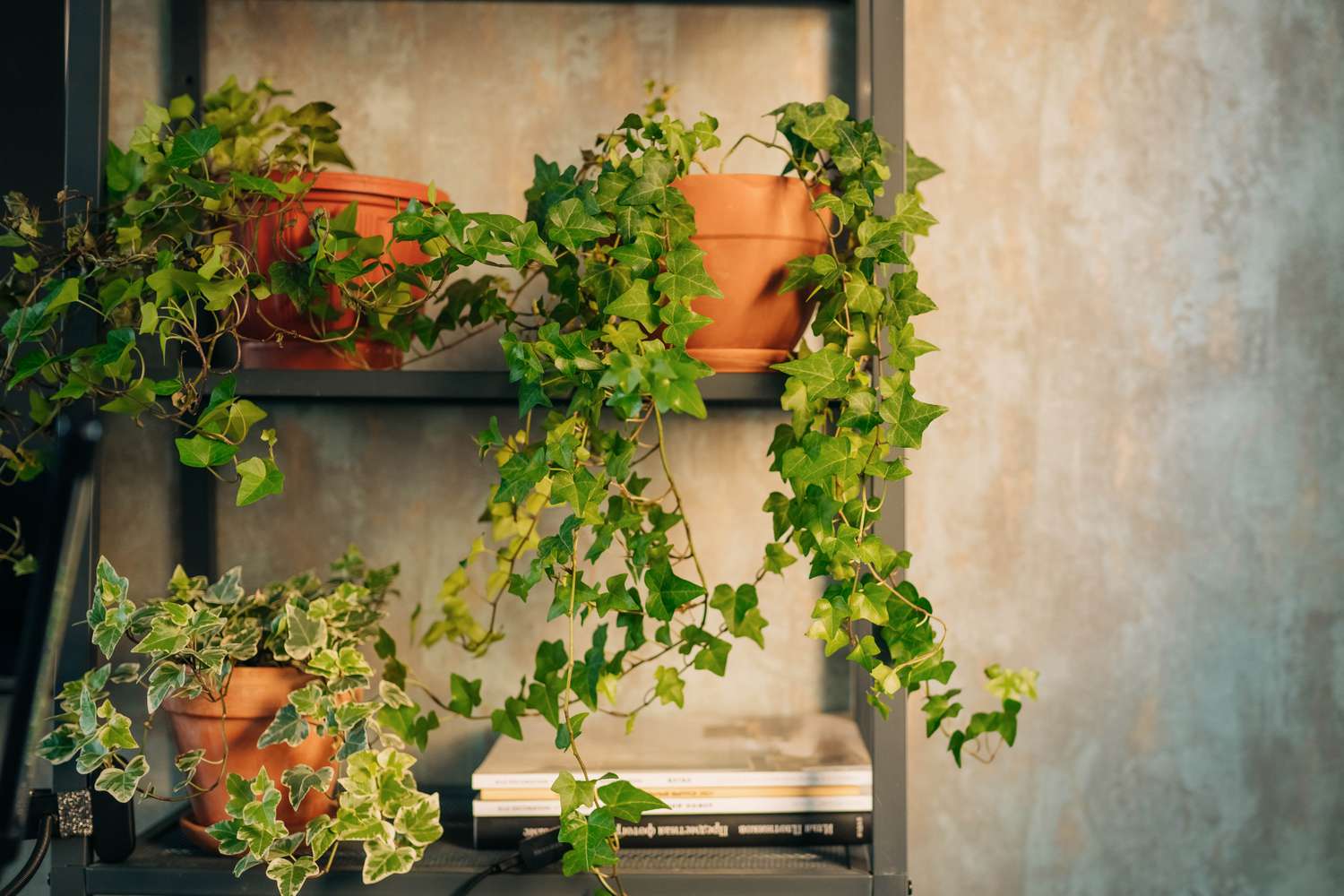
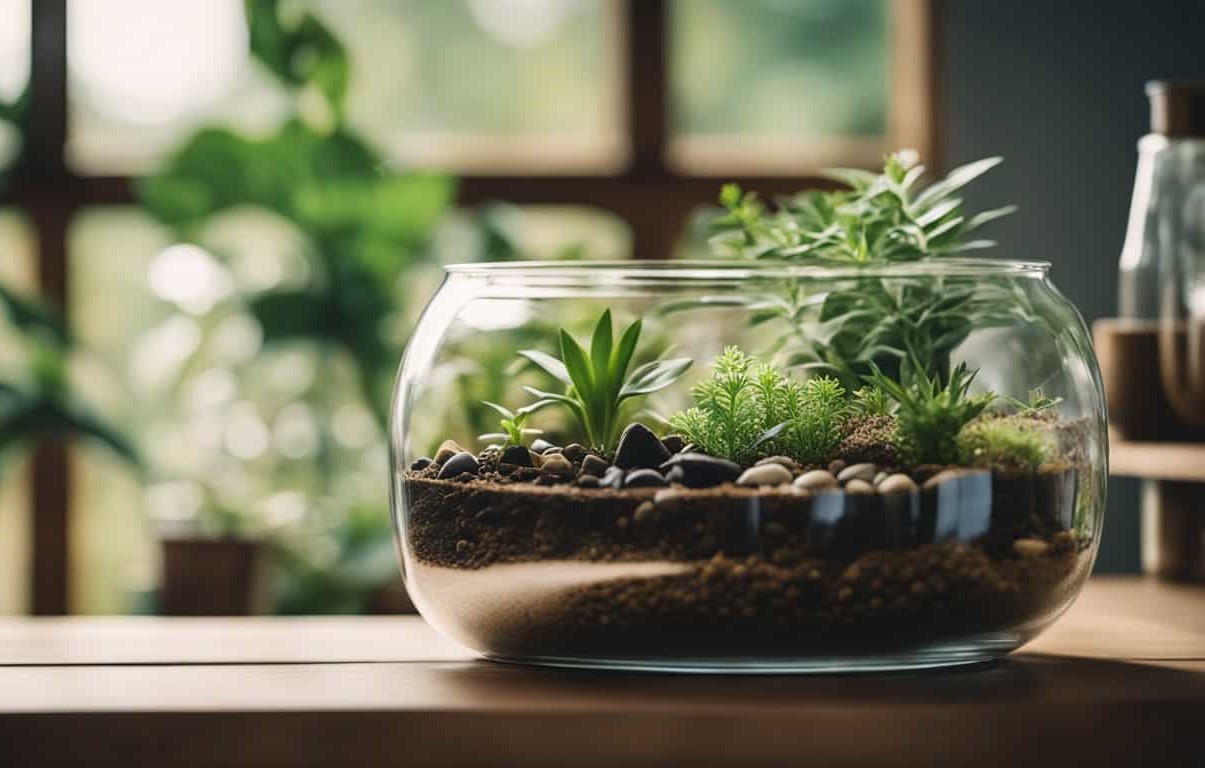
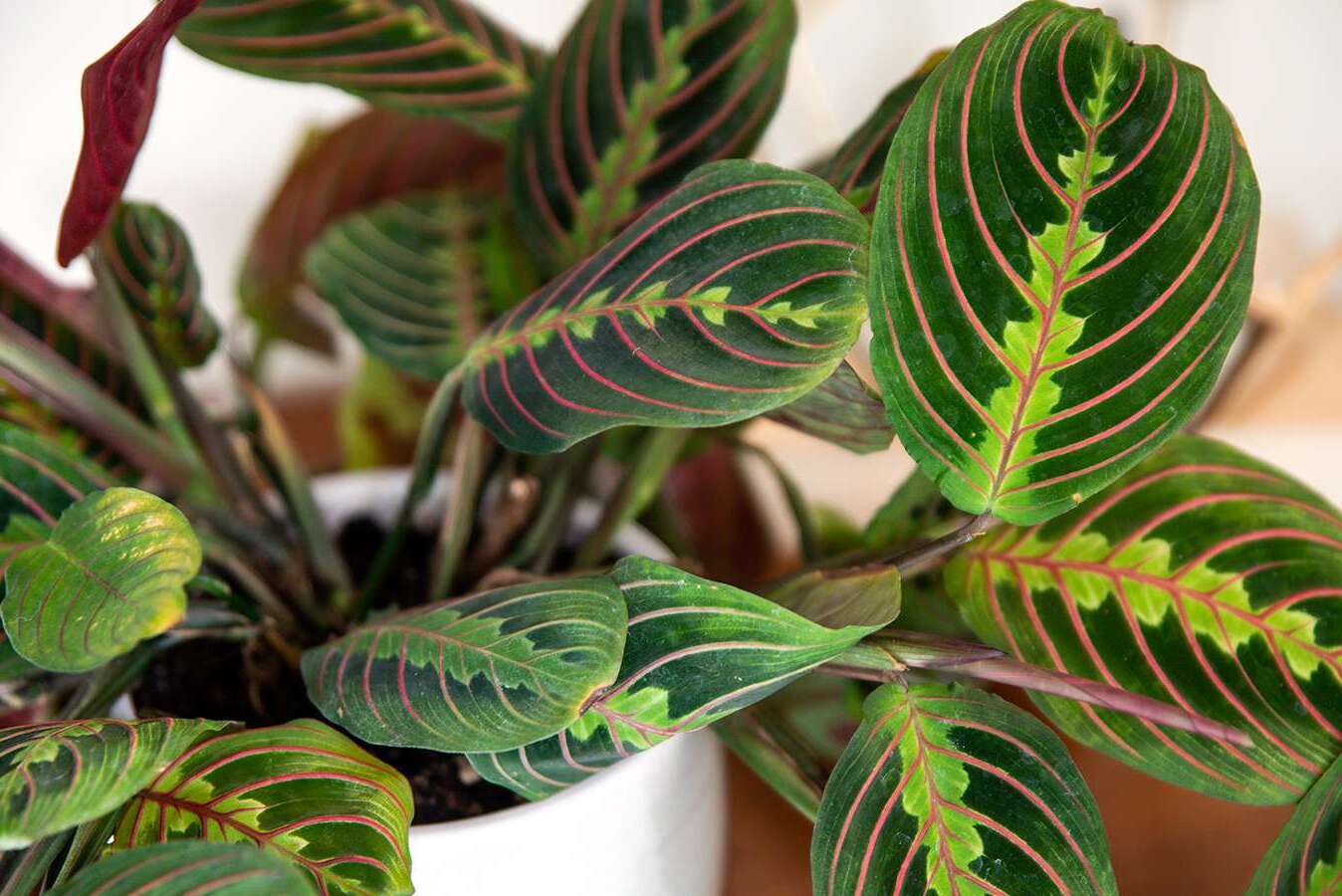

0 thoughts on “Container Gardening Ideas: 12 Display And Planting Tips”